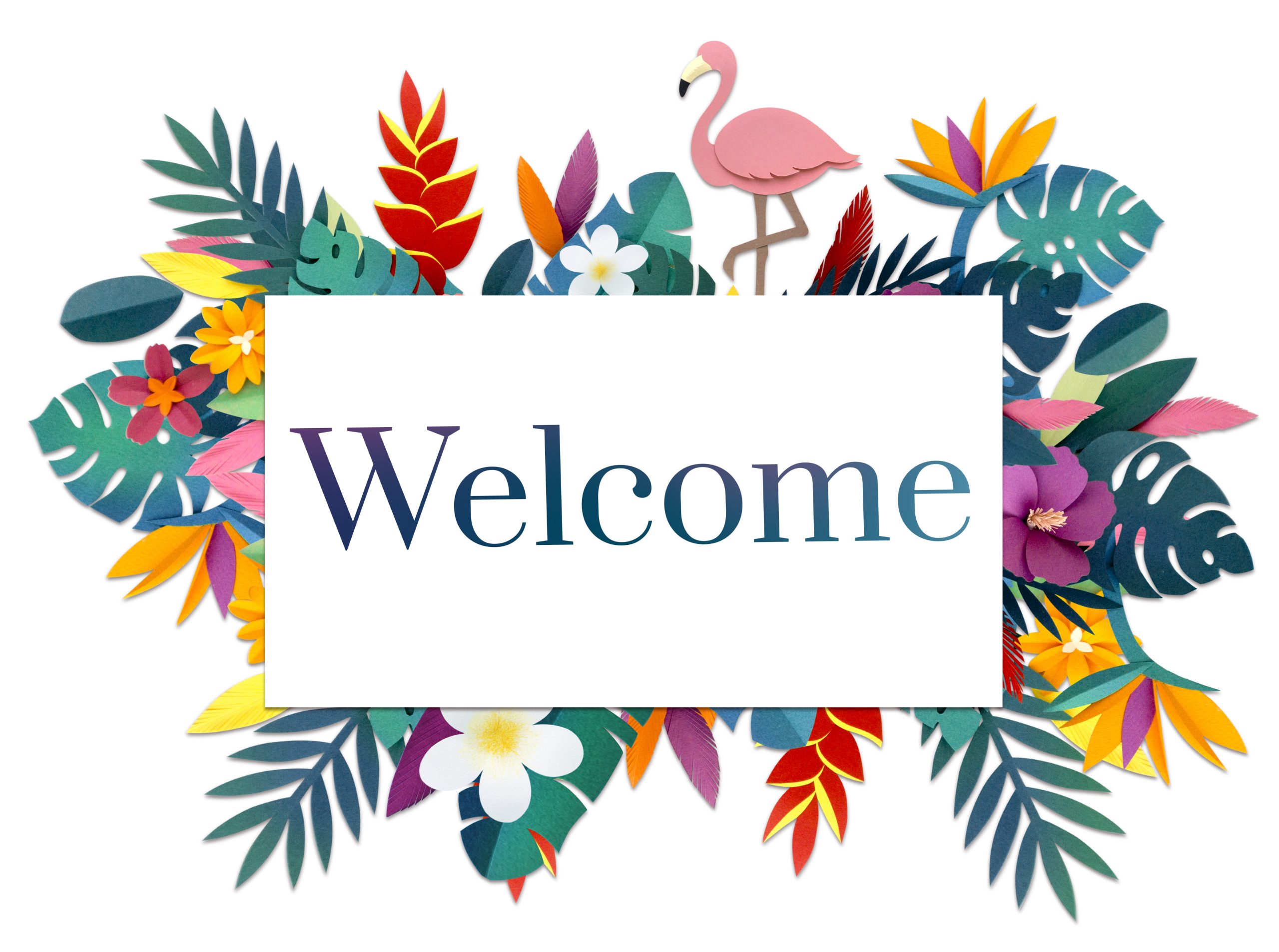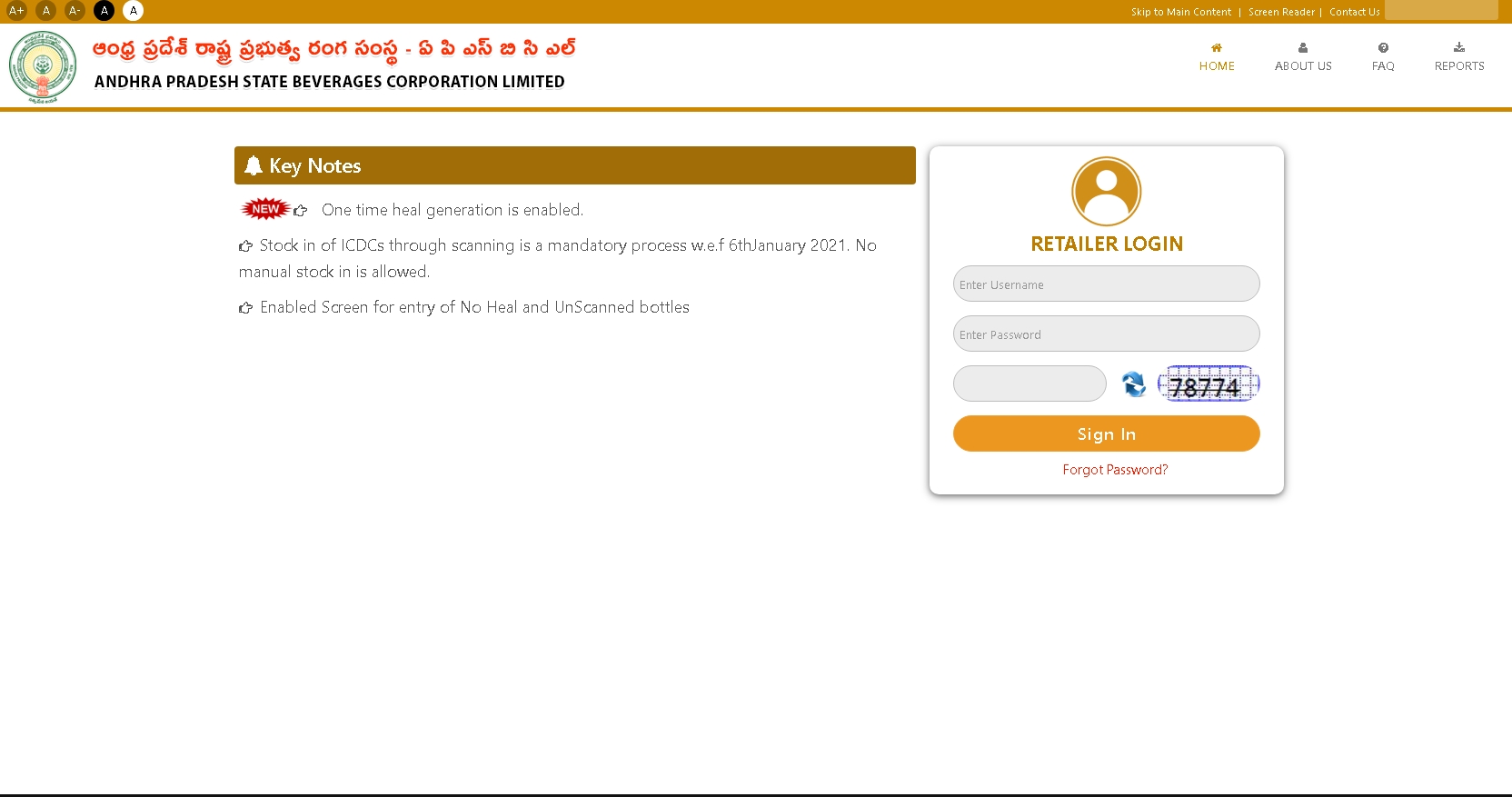
Whether you’re welcoming a new employee, greeting a customer, or sending a message to a hotel guest, the first words they read from you can shape how they feel moving forward. A thoughtfully written short welcome message isn’t just a nicety—it’s a powerful tool that sets expectations, shows appreciation, and builds connection from the start.
Many businesses and individuals often overthink welcome messages, believing they need to be long or elaborate to feel personal. But that’s not the case. In many situations, less is more—especially when your tone is warm, your words are intentional, and your purpose is clear.
This article will walk you through why welcome messages are important, what makes them effective, and how you can write one that feels genuinely welcoming, not like a copy-paste template. Whether you work in HR, sales, hospitality, or community building, you’ll find actionable ideas here to help you write short messages that make a lasting impact.
Table of Contents
Why a Short Welcome Message Important More Than You Think
You may only get a few seconds to leave a good impression. That’s why a concise and kind message can do more for your relationship with a new hire, guest, or customer than a long, generic one ever could.
In a world filled with noise and overloaded inboxes, people skim. They don’t read every line; they glance and move on. So if your message is too long, too formal, or too salesy, it’ll likely get ignored. On the other hand, a clear and thoughtful short welcome message cuts through the clutter. It respects their time, acknowledges their action (joining, booking, buying), and says “You matter” without using those exact words.
More importantly, a welcome message can:
- Create emotional comfort, especially for first-time interactions
- Establish professionalism and credibility
- Set expectations about what comes next
- Encourage replies, engagement, or follow-up actions
- Reinforce your brand’s voice and tone
Whether you’re welcoming a team member to a startup or greeting a guest at a luxury hotel, what you say in those first few lines can either build trust—or feel like an obligation. Let’s focus on making it meaningful.
Elements That Make a Welcome Message Work
A successful welcome message doesn’t just happen—it’s built on a few consistent principles. Whether you’re writing for a business, a group, or a personal project, these elements make a message resonate:
1. Personalization
Using someone’s name or referencing a specific detail (like a job title or recent purchase) creates instant relevance. Even when messages are automated, including personal touches makes them feel less like a mass email and more like a real conversation.
2. Clarity and Purpose
People should understand right away why they’re receiving your message. Are you welcoming them to a platform? Letting them know their account is set up? Confirming a hotel stay? Get to the point early, so they don’t have to guess.
3. Friendly, Human Tone
This is where many messages fall flat. Avoid overly corporate phrases like “We’re pleased to inform you…” Instead, try natural phrasing like “Glad to have you with us” or “Thanks for signing up!” Think less like writing a formal letter and more like talking to someone face-to-face.
4. One Core Idea
Don’t overload the message with five different announcements or three CTAs. Focus on just one goal—whether it’s welcoming someone, prompting a reply, or guiding them to take the next step.
5. Offer Support
Let the person know they’re not alone. A simple line like “Feel free to reach out if you need help” shows that someone is there, and it goes a long way in building trust.
Quick Tips to Write Messages That Don’t Feel Like Templates
Let’s get practical. Here are a few quick but powerful tips to keep in mind as you craft your welcome message:
- Keep your message to 2–3 sentences. That’s often all you need. Short messages are easier to digest, especially on mobile.
- Avoid buzzwords. Words like “innovative,” “synergy,” or “cutting-edge” rarely connect. Talk like a real person.
- Match your tone to your audience. For example, a hotel guest might appreciate warm hospitality language, while a new employee might prefer straightforward encouragement.
- Say something nice. Whether it’s a “thanks for joining” or “we’re excited to have you,” small positive affirmations build goodwill.
- Make it actionable. If there’s a next step (logging in, checking email, replying), include it clearly and politely.
Examples of Short Welcome Messages by Scenario
Let’s move from theory to real-world samples. Below are several categories of welcome messages, each tailored to specific audiences or settings.
Short Welcome Message for New Employee
Starting a new job can be nerve-wracking, especially if the person doesn’t know anyone on the team. That’s why a warm message on their first day—via email, Slack, or even a printed card—can reduce anxiety and build connection.
Examples:
- “Welcome to the team, [Name]! We’re excited to have you on board and look forward to your contributions.”
- “Hi [Name], we’re so glad you’ve joined us. Let us know if you need anything—we’re here to help.”
- “You’re officially part of the team. Don’t hesitate to reach out as you get settled in.”
These employee welcome messages don’t need to be flashy. Their strength lies in simplicity and sincerity. If you want to go a step further, mention their role or what they’ll be working on.
Short Welcome Message for Customers
New customers often need reassurance that they made the right decision. A short message thanking them and offering support helps them feel confident and informed.
Examples:
- “Thank you for choosing [Brand Name]. We’re happy to have you with us!”
- “Welcome to the [Brand Name] community. Your order is confirmed, and we’re here if you have questions.”
- “We’re excited to serve you. Keep an eye on your inbox for order details.”
A good customer welcome message creates trust. It also opens the door for future interactions like promotions, support, or feedback.
Attractive Short Welcome Messages for Customers
Looking to sound a bit more lively or brand-friendly? These messages are casual, punchy, and memorable—great for younger audiences or relaxed brands.
Examples:
- “You’re in! Let’s make something great together.”
- “Hey [Name], we’re glad you stopped by. Thanks for trusting us!”
- “Let’s get started—your journey with us begins now.”
These friendly welcome messages work best on websites, apps, or as part of email sequences. They’re light but effective.
Short Welcome Message for Hotel Guest
In hospitality, the first interaction sets the tone for the entire stay. A personalized welcome, even if brief, makes guests feel seen and valued.
Examples:
- “Welcome to [Hotel Name], [Guest Name]! We’re honored to have you. Let us know if you need anything.”
- “Thank you for staying with us. We hope your visit is relaxing and memorable.”
- “Hi [Name], your room is ready! Please contact the front desk for anything you need.”
These short guest messages show professionalism while delivering warmth—a combination every great hotel should aim for.
Wrapping Up
In an age of automation and speed, people still crave connection. A short welcome message gives you the chance to speak directly to someone, even briefly, and make them feel like more than a number.
Whether you’re welcoming a team member, a hotel guest, or a first-time buyer, the words you use can define their experience from the very beginning. Keep it short. Keep it sincere. And remember, small gestures often leave the biggest impact.
Frequently Asked Questions (FAQs)
Q1. What is a short welcome message?
It’s a short, often one- or two-sentence message sent to greet someone after a specific action, like signing up, making a purchase, or joining a team. It’s designed to be warm, clear, and supportive.
Q2. How personal should it be?
As personal as possible. Including a first name or referencing an action (like “Thanks for your order” or “Welcome to your first day”) instantly makes the message more genuine.
Q3. Can I automate it?
Absolutely, but automation doesn’t mean robotic. Use automation tools that let you insert names, roles, purchase details, or custom greetings to keep the message human.
Q4. Where should I use welcome messages?
Use them across email, SMS, onboarding platforms, internal tools (like Slack), and even printed cards in hospitality. Any first interaction is an opportunity to welcome someone thoughtfully.
RELATED ARTICLES
Latest Articles
 Why The People Next Door Might Be Costin…In Business
Why The People Next Door Might Be Costin…In Business The Taste of Tradition, Delivered to You…In Technology, Tips
The Taste of Tradition, Delivered to You…In Technology, Tips What to Write in a Wedding Card for Frie…In General
What to Write in a Wedding Card for Frie…In General how2invest com mx: Beginner’s Guide to S…In General
how2invest com mx: Beginner’s Guide to S…In General Effortless Material Handling Solutions: …In real estate
Effortless Material Handling Solutions: …In real estate How the Snapchat Best Friends List Actua…In General
How the Snapchat Best Friends List Actua…In General Famous Celebrities with Noonan Syndrome …In General
Famous Celebrities with Noonan Syndrome …In General How Do You Create a Proxy ServerIn Technology
How Do You Create a Proxy ServerIn Technology
stopie.com is a participant in the Amazon Services LLC Associates Program, an affiliate advertising program designed to provide a means for sites to earn advertising fees by advertising and linking to Amazon.com.
Clicking on an Amazon link from stopie.com does not increase the cost of any item you purchase.
We will only ever link to Amazon products that we think our visitors may be interested in and appreciate learning more about.





